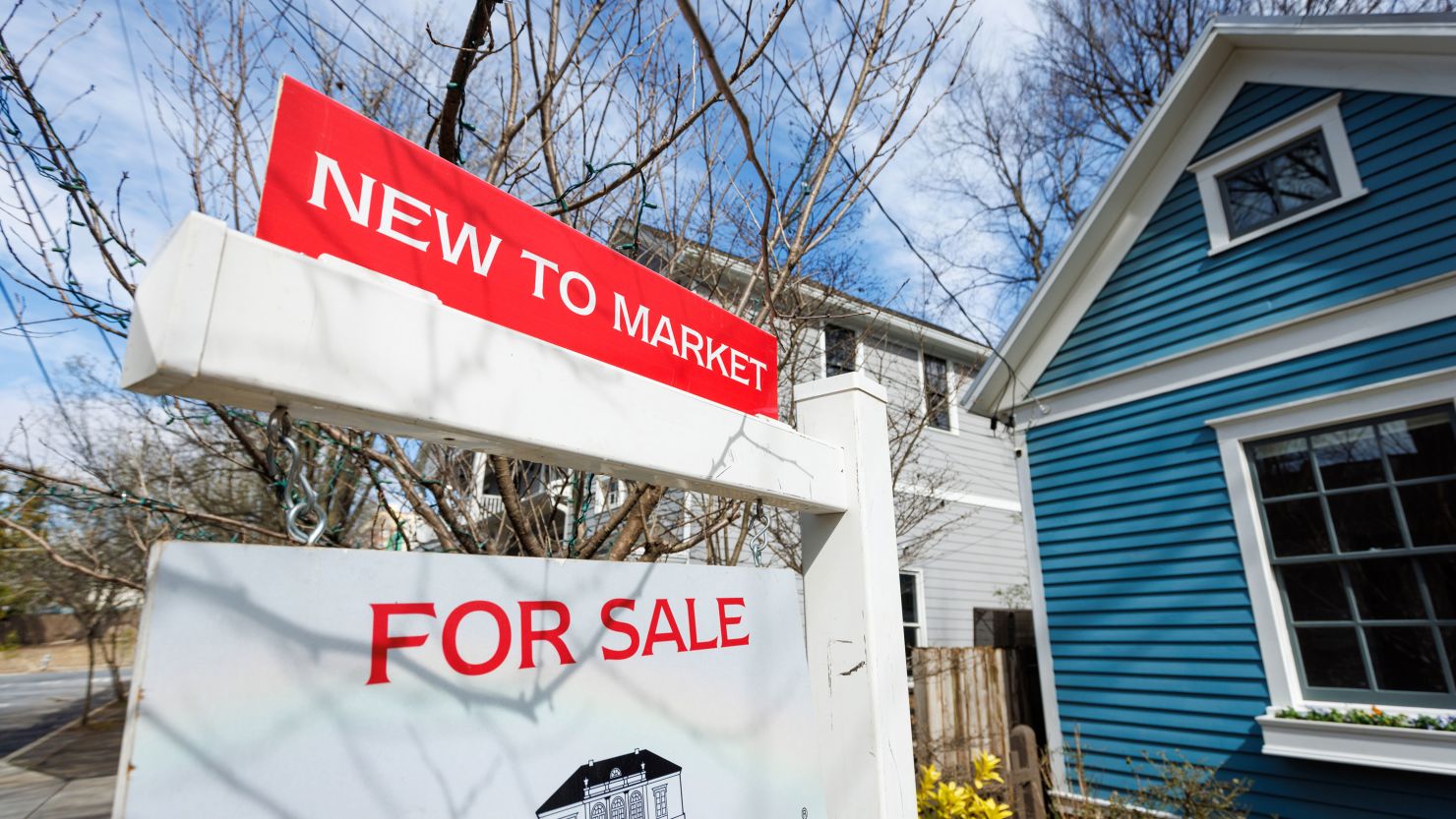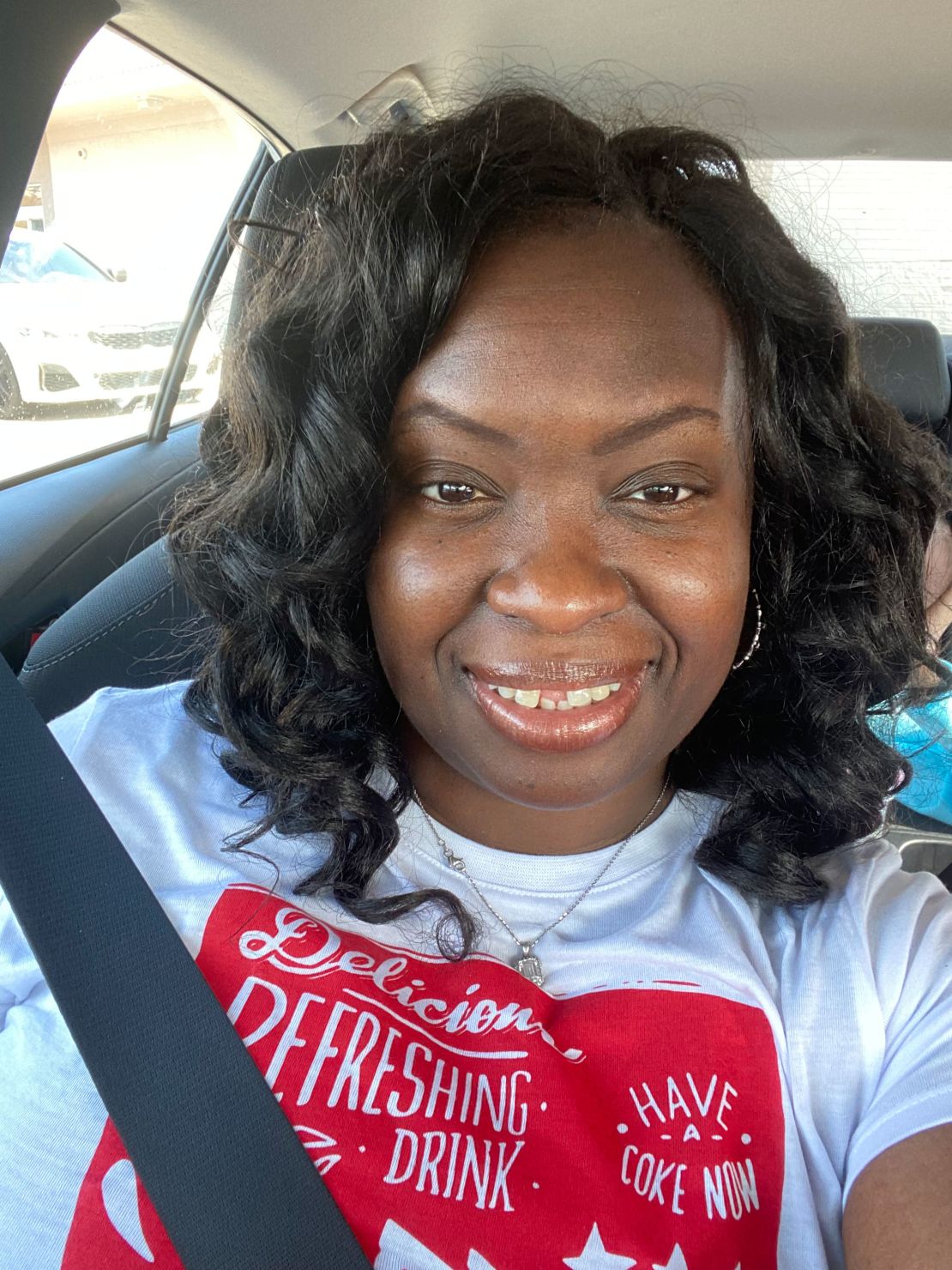
Sharan White-Jenkins is a proud Black homeowner in Jamaica, Queens, in New York City. She’s part of a line of homeowners that goes back to her grandparents, who purchased a home on the Virginia plantation land where the family had worked as slaves.
“Homeownership in our family is like getting your driver’s license: You just do it,” she said. “You turn 16, you get your license. You work a few years, you buy a house. You build equity.”
White-Jenkins, now a disabled veteran, knows well the wealth-generating power of homeownership. The equity in the home she bought in 2018 has helped her have the money to send her son to college and to consider launching a business.
She also knows well that that generational wealth and home ownership are not as common among Black families as she’d like them to be.

The gap between Black and White homeownership in the US is significant and difficult to narrow, and its persistence has reduced the ability for Black families to create and pass down wealth for generations.
The Black homeownership rate saw a modest annual uptick to 44.1% in 2022 from 44% in 2021, but remains significantly behind the White homeownership rate of 72%, the report found.
A stubborn racial homeownership gap
Even with some improvement in the Black homeownership rate, the change has done little to close the yawning gap between Black and White homeownership. Over the past decade, the gap between the two groups’ homeownership rates has worsened, expanding from 27 points to 28 points.
The US Census Bureau’s definition for homeownership is the percentage of homes that are owned by their occupants.
Meanwhile, homeownership rates for other minority groups have substantially increased.
The Asian homeownership rate reached a record high of 63% in 2022. The Hispanic homeownership rate of 51.1% was also a record high for that group.
In states across the country the Black homeownership rate ranged from 19% in Wyoming and North Dakota (two states where the share of Black residents is under 3%) to 57% in Mississippi (a state with a much higher share of Black residents, at 37%). Other states with high Black homeownership rates include South Carolina and Delaware, each at 55%.
“Minority homeownership gained ground this year, with Asian and Hispanic homeownership hitting record highs,” said Jessica Lautz, NAR deputy chief economist and vice president of research, in a statement. “While the gains should be celebrated, the pathway into homeownership remains arduous for minority buyers.”
What’s contributing to the racial homeownership gap
Over the past decade, the US homeownership rate has increased, with the US gaining an estimated 10.5 million homeowners, according to NAR.
But, for the first time since 2015, the total homeownership rate actually decreased between 2021 and 2022. That is largely due to the most unaffordable housing market in a generation putting homeownership out of reach for many Americans, especially minority homebuyers.
“The impacts of housing affordability and limited inventory are more extreme for minority buyers,” explained Lautz. She said more than half are first-time buyers who must come up with a down payment and don’t have the sale of an existing home to rely on.
It is hard for these would-be homebuyers to save up a down payment when an estimated half of all tenants in the US have a rent that is unaffordable, meaning they pay more 30% of their income toward housing, according to a recent study from the Joint Center for Housing Studies of Harvard University.
This is amplified among minority groups who also face additional systemic barriers and disparities in income and wealth, the NAR report found.
“Even among successful home buyers, minorities have a higher amount of student debt — the biggest expense that holds back saving, along with rent,” said Lautz.
Nearly half of Black homebuyers reported owing an average of $46,000 in student debt, the most among racial groups.
Plus, the median household income for Black Americans was $47,800 in 2022, while the median income for White Americans was $75,700. And, like the homeownership gap, the income gap has worsened over the past decade. In 2012 the median income of Black Americans was $21,540 less than White Americans; by 2022 it was $27,840 less.
“Once they are ready to buy, Hispanic and Black Americans have a higher rate of loan denials in the mortgage market,” Lautz said.
Once Black borrowers apply for a loan, they face a higher rate of refusal than White borrowers, most commonly because of a high debt-to-income ratio or low credit score, the NAR report found. And mortgage rates for Black borrowers are frequently higher than those of White borrowers, according to NAR.
Still, despite these challenges, homeownership has for White-Jenkins become a thing to champion among her friends and extended family.
“A lot of people don’t have the upbringing I had,” she said. “Maybe they grew up renting or in public housing and that’s all they know. If you don’t have that example, owning a home can feel unattainable.”
But she’s there to encourage them.
“I help them step by step,” she said. “That way we won’t have any surprises.”
Source: CNN.com










